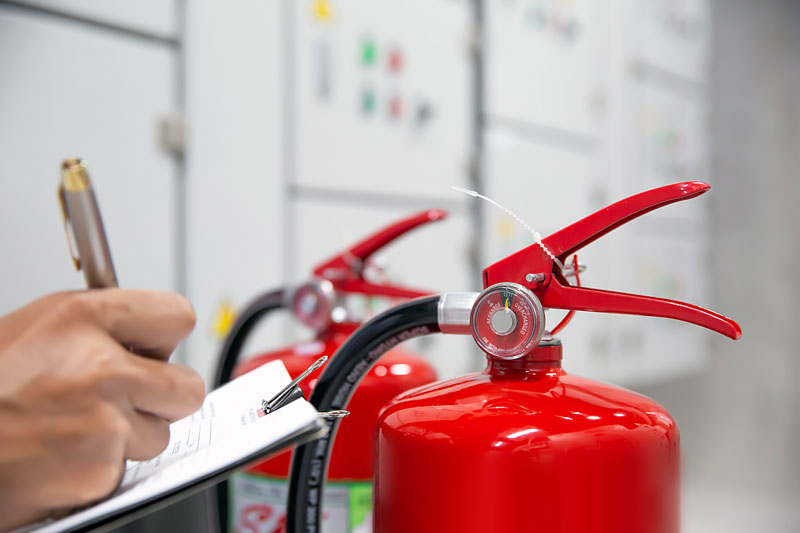
In any commercial or public building, safety goes far beyond smoke detectors and sprinkler systems. One of the most overlooked yet crucial safety features is emergency exit lighting. These lights aren’t just there for code compliance—they serve as literal beacons during chaos, leading occupants to safety when it matters most.
When a fire breaks out or a power outage occurs, panic can set in quickly. Navigating through hallways or stairwells in complete darkness not only increases the risk of injury but can also cost lives. Emergency exit lighting provides visibility, direction, and a sense of security in uncertain situations.
Regulations and Legal Compliance
Emergency lighting isn’t optional—it’s a requirement set by various regulatory bodies, including OSHA and the National Fire Protection Association (NFPA). According to NFPA 101: Life Safety Code, every exit path must be clearly illuminated. This ensures that people can find their way out of a building even if the main power supply fails. Non-compliance can lead to hefty fines, failed inspections, and even temporary business closures. For property owners and facility managers, staying compliant isn’t just about ticking boxes—it’s about liability and public responsibility.
Functionality During Power Outages
During a blackout, the loss of light can be immediate and total. Elevators stop. Hallways become dark. Without emergency exit lighting, confusion quickly turns to panic. These lighting systems are equipped with backup batteries that automatically activate during power failures, ensuring continuous visibility of exit routes. A well-lit path prevents injuries such as slips, trips, and falls, which are among the leading causes of nonfatal workplace injuries in the U.S. as noted in CDC workplace safety data.
Supporting Calm in Crisis
Emergencies are inherently disorienting. In places like shopping centers, hotels, and office buildings, not everyone is familiar with the layout. Panic can spread fast, especially in large crowds. Emergency exit lighting offers visual reassurance, reducing chaos and promoting an orderly evacuation. When people can clearly see exit signs and illuminated pathways, they’re more likely to remain calm and make rational decisions under pressure.
Key to Fire Safety Systems
Exit lights are an essential component of a broader fire protection strategy. When paired with smoke detectors, sprinklers, and fire alarms, they complete a comprehensive safety net. During a fire, smoke can significantly reduce visibility, making it hard to find exits. Strategically placed, illuminated signs with high-intensity LED lights cut through the smoke and point the way. This is especially important in older buildings where layout designs may be more complex.
Cost vs. Consequence
One of the biggest misconceptions about emergency lighting is the perceived cost. In reality, installing and maintaining these systems is relatively affordable—especially when weighed against the potential consequences of not having them. Imagine the impact of a lawsuit following an injury during an emergency evacuation. The upfront investment in reliable emergency lighting pays for itself by reducing legal liability, avoiding regulatory penalties, and, most importantly, saving lives.
Enhancing Safety for All Building Types
While many associate emergency lighting with commercial buildings, it’s just as important in residential complexes, schools, healthcare facilities, and warehouses. Each of these environments presents unique risks during an emergency. For instance, in healthcare settings, patients may not be able to move quickly. Emergency lights in these facilities offer staff crucial guidance to move people to safety efficiently and without added stress. Similarly, schools need visible exit signage to guide students and faculty swiftly out of the building during a fire drill or real event.
Regular Testing and Maintenance Are Non-Negotiable
Like any safety system, emergency exit lights require routine inspections. Batteries can fail, bulbs can burn out, and connections can corrode. The NFPA recommends monthly visual inspections and functional testing at least once a year. A professional fire protection provider ensures your system meets code and functions properly when you need it most. It’s easy to forget about emergency lighting when things are running smoothly—but during an actual crisis, you’ll be thankful you took care of it.
Cal-Counties Fire Protection – Emergency Lighting Solutions in the Inland Empire
Reliable emergency exit lighting can make the difference between a safe evacuation and a tragedy. It’s more than just a code requirement—it’s a moral obligation to protect those who live, work, or visit your property. At Cal-Counties Fire Protection, we specialize in designing, installing, and maintaining emergency lighting systems that meet current safety standards while giving you peace of mind. Whether you manage a high-rise, a school, or a retail facility, we’re here to light the way to safety across the Inland Empire.
